Text & Photography: Ar. Yatin Pandya
Can these qualities be deciphered and reinstated in contemporary times?

Attempting to understand the roots of ‘timelessness’ as a universal quality in architecture, Ar. Yatin Pandya excerpts the essence from his internationally acclaimed book of the same title, where he examines notions of time, space and existence in the Indian context; the research providing inroads to a universal footprint...
What makes historic architecture awe-inspiring?
Why is that even after centuries and millennia, despite functional obsolescence, these architecture masterpieces have remained vital?
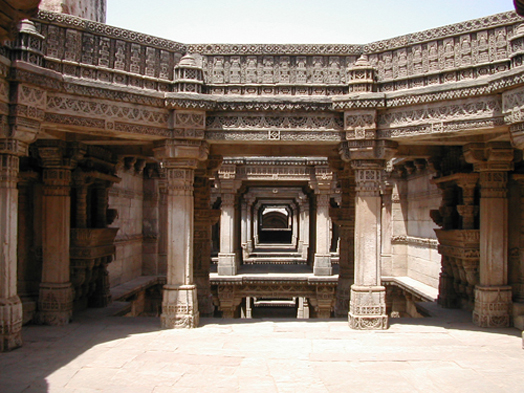 |
| . |
What spatial qualities and organizational principles have rendered them timeless?
Can these qualities be deciphered and reinstated in contemporary times?
These questions become immensely pertinent in the context of India due to its rich heritage and long traditions.
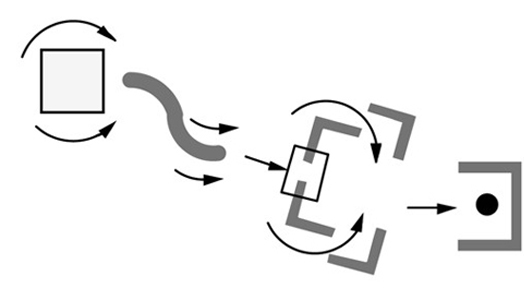 |
| Dictum 1 - Choices of movement path for personal and intuitive experience |
In India, we live in three time zones simultaneously: moorings of the past and aspirations for the future combine with the realities of the present, making it alchemy of conditioning over millennia. The past continues as living traditions - relevant and valid to the present.
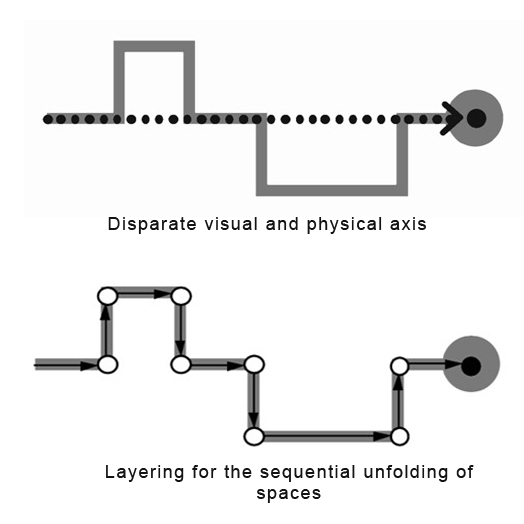 |
| Dictums 2 & 5 - spatial concepts |
As the manifestation of an idea - architecture is a celebration of life. From philosophy and rituals to art forms and architecture, all are extensions of a way of life, echoing the underpinning notions of the Indian context. Any projections founded on the fundamental philosophical and ideological tenets of the place and people would therefore be sustainable and timeless.
History is a function of time and space. Material, construction, style and ‘isms’ are conditions of the context. Even form and scale are aspects of conditioned learning but the experience is eternal, human, universal and intuitive.
Experimental richness and ability to identify with pluralistic value systems is the hall mark of timeless architecture. Traditional Indian Architecture has ably demonstrated the universality of its communication as well as its validity within multiple values systems. This is achieved essentially by relying on spatial experiences derived through narratives - dynamic perception of space while in motion - its ‘Kinesthetics’. The interactive process of encoding and decoding between the space and perceiver then becomes the key aspect of orchestrating spatial narratives.
 |
| Dictum 6 - Movement A key to conditioning of the mind |
This research is an attempt at understanding the very roots of what constitutes the Indian context by examining its notions of time, space and existence. Deciphering their implications in the physical manifest, it unravels the inherent virtues of traditional Indian Architecture and interprets them as universal dictums, relevant to reinstate in contemporary times.
 |
| Dictum 7 - Semiotics as an associational overlay |

Ar. Yatin Pandya is an author, activist, academician, researcher as well as a well-acclaimed successful practicing architect from Ahmedabad. He has recently been awarded the prestigious IIA 2012 award in the research category for his work on ‘timeless appeal of architecture’.

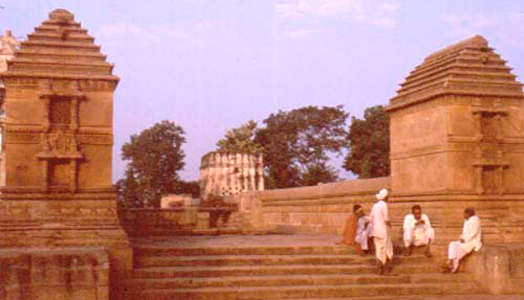
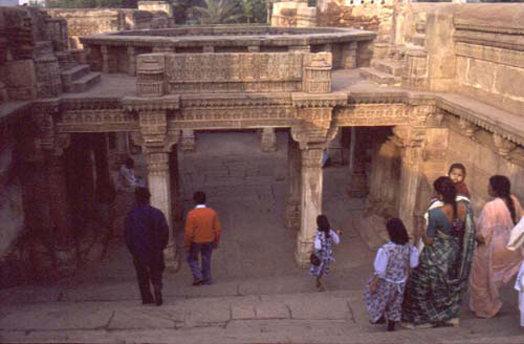
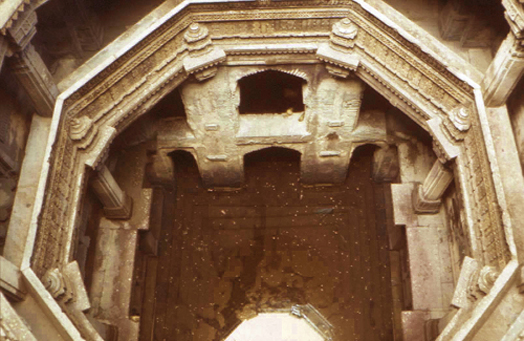
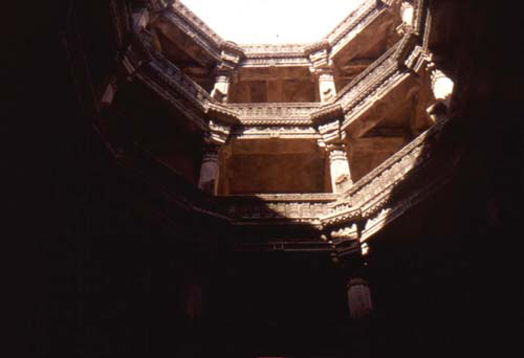

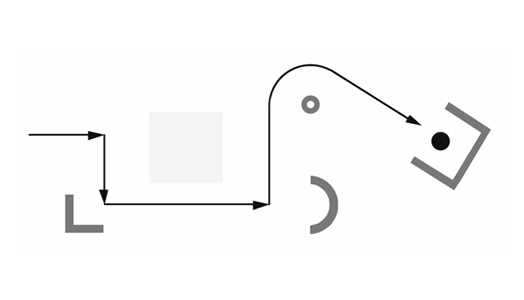
Great little article. Ive heard that its impossible for product designers to achieve timeless design, yet mankind must continue to pursue the idea if we're ever going to reach self-sustainability. Let's do it people! And in the meantime......
ReplyDeleteI love art because it shows the directions to the humanity. I am also an artist I designs and I create, I love art
ReplyDeletegreat
ReplyDelete